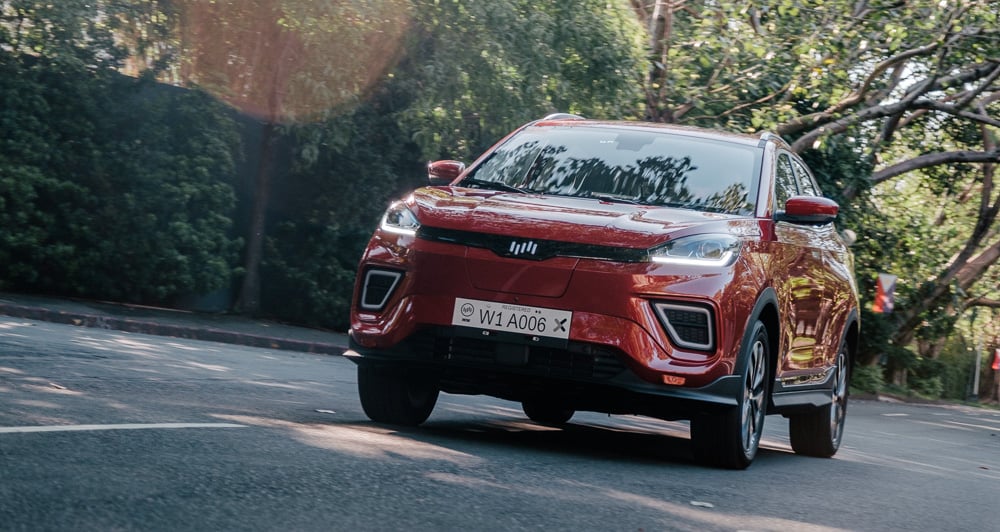
We’re in the stages of witnessing a once-in-a-lifetime event for automobiles: the transition from internal-combustion engines to electric power. Electric vehicles are being made, and other countries already have the needed infrastructure to support them. Unfortunately, we’re just beginning to pick up the pieces for mass electrification.
Because of this, automakers in our market are playing it safe, usually saying that they will “wait and see” for the landscape to mature. Meanwhile, other companies are going all-in, following the adage of “the early bird gets the worm.”
Weltmeister falls into the latter, as it is a relatively new Chinese brand that’s diving headfirst into this new category by establishing itself as an all-electric manufacturer with the W5 crossover.
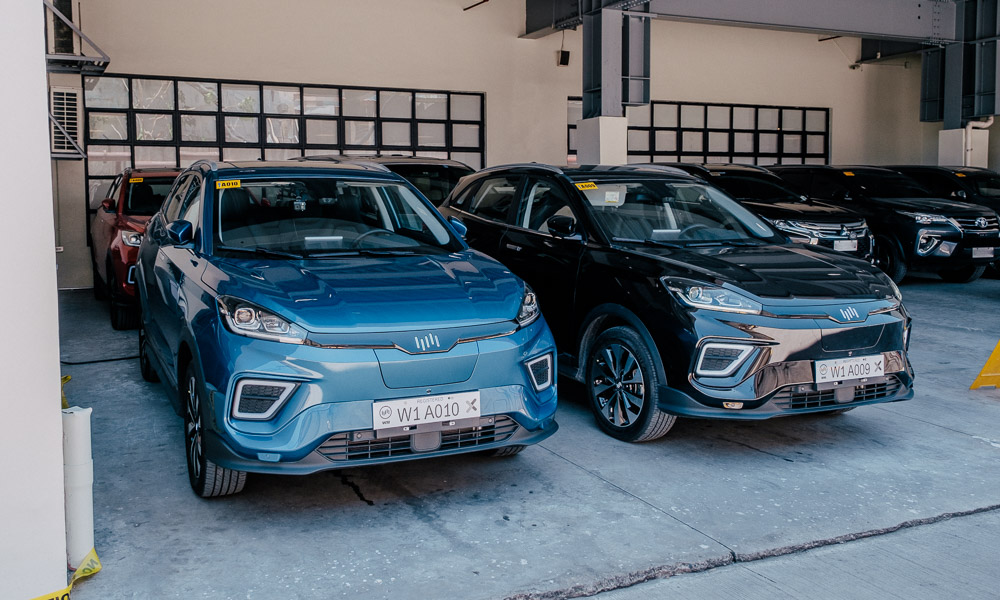
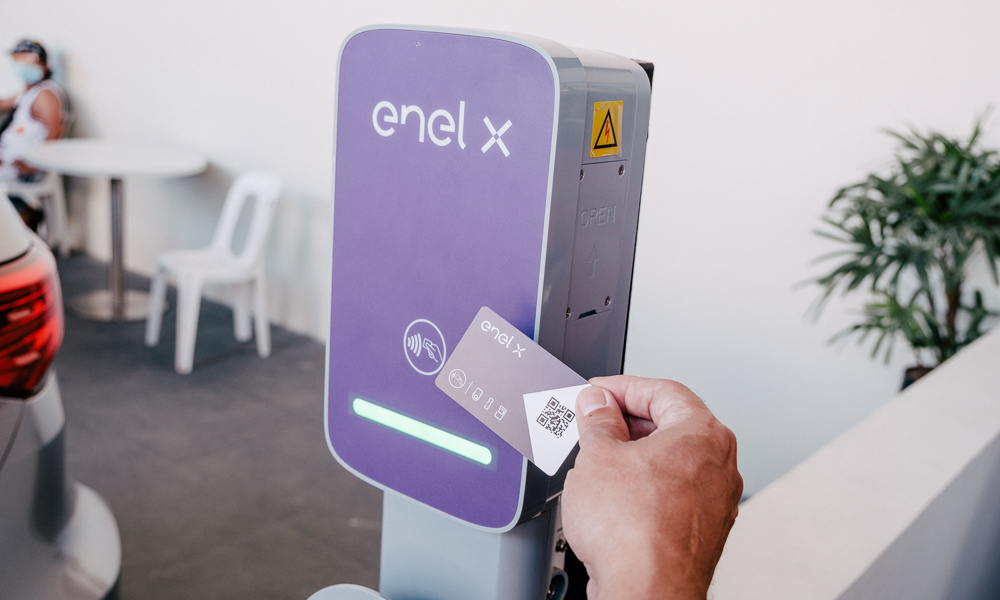
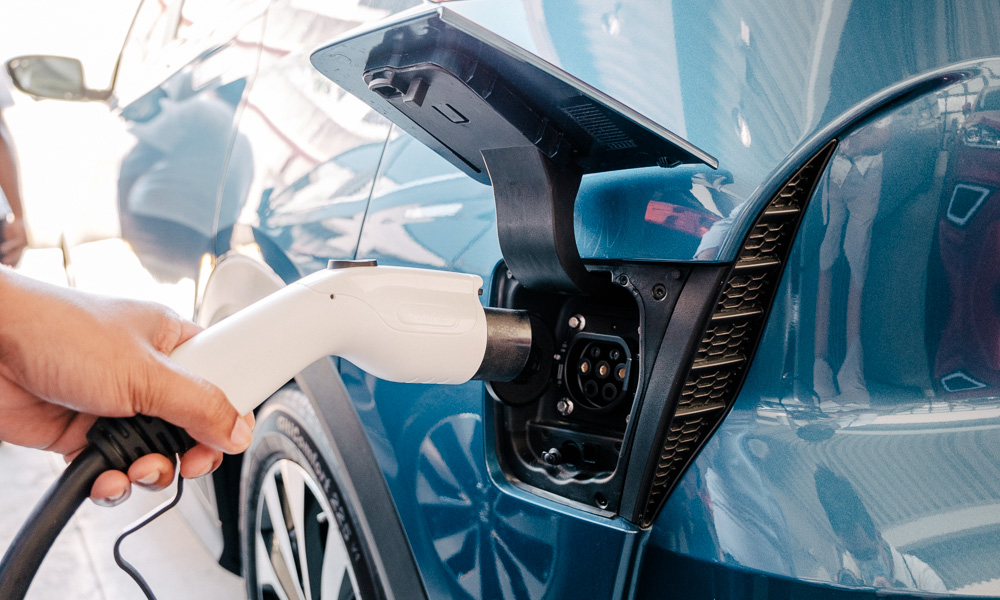
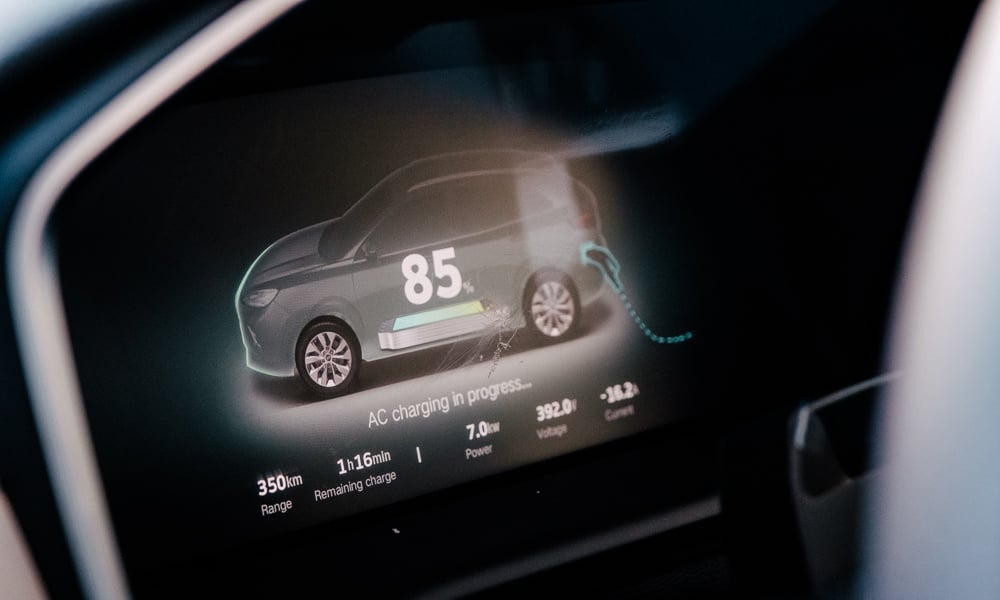
While the name is German (welt meaning “world” and meister meaning “master”), the brand is 100% Chinese. It was established back in 2015 by Freeman Shen, who has quite the résumé, holding impressive positions like being the group vice president of the Geely Holding Group (from 2009 to 2014) and chairman of Volvo Cars China (from 2010 and 2014).
Meanwhile, WM Motor Philippines (the exclusive distributor of the brand) is part of the Transnational Diversified Group. If you’re not familiar with the name, this is a massive company led by Rashid Alexander Delgado that operates in businesses like logistics, ship management, travel and tourism, real estate, solar energy, and BPOs. So, yes, you can be assured that the brand is in very capable hands.
There will be a dealership at Seven-NEO Building, 5th Avenue, Bonifacio Global City, that’s expected to open later this year. The service center will be built in Taguig, which will be across WM Motor’s headquarters on the InnoHub campus.
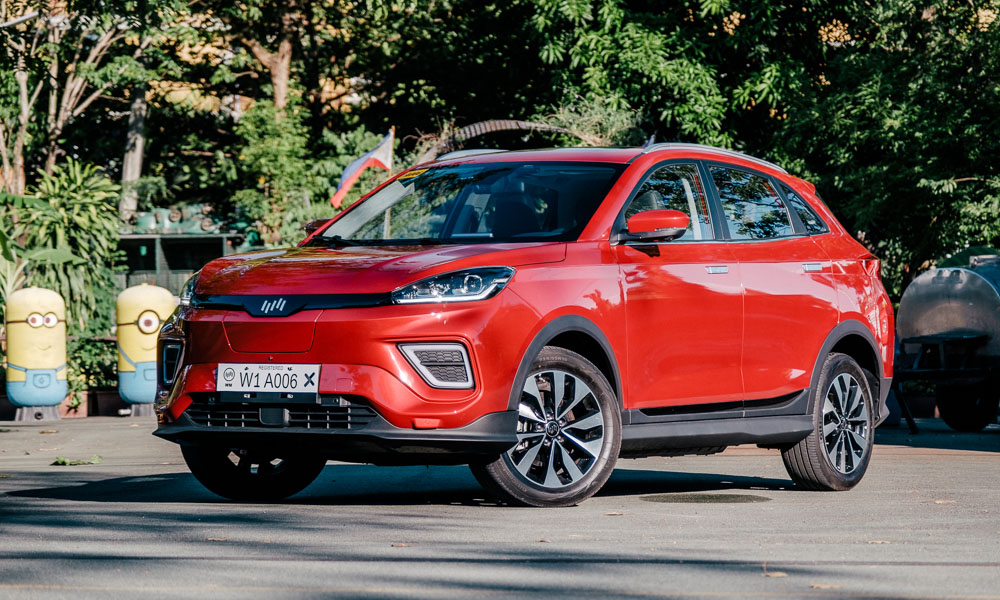
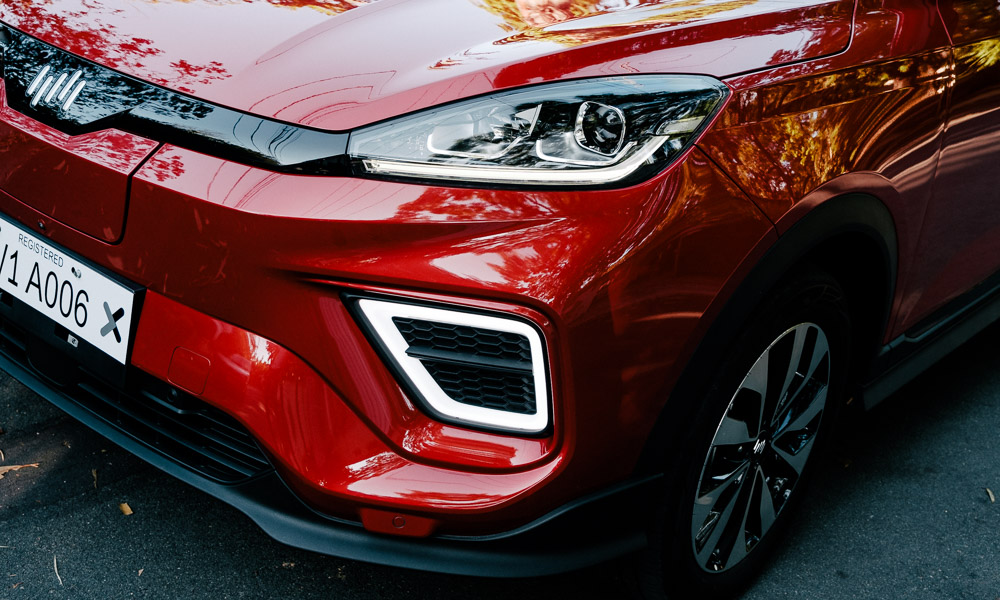
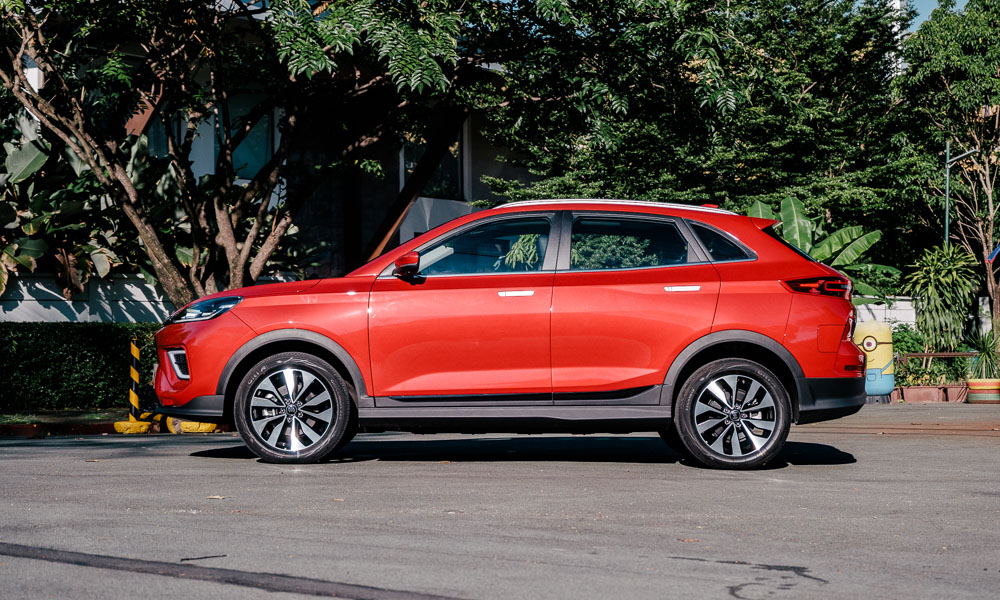
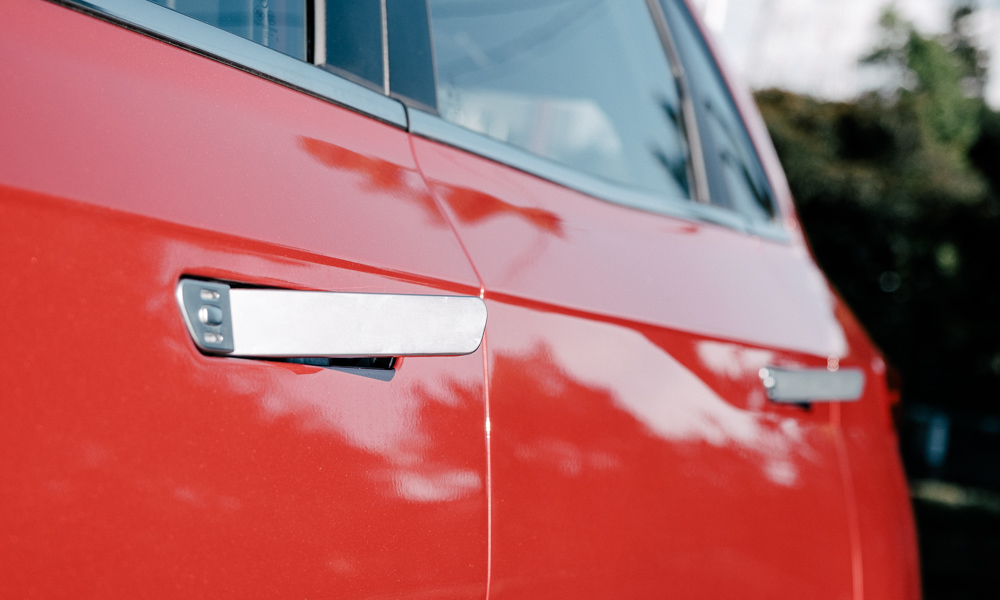
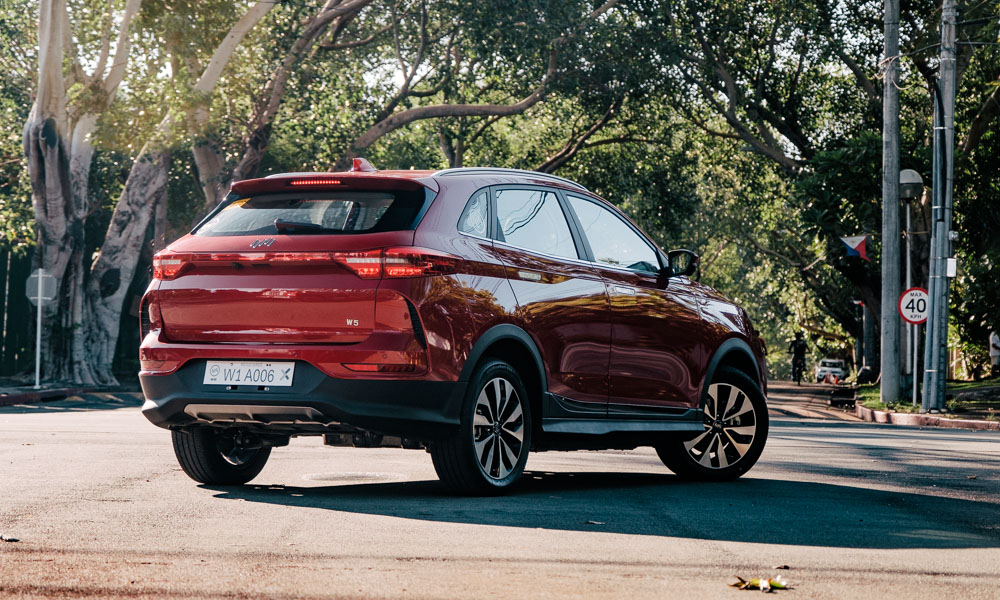
At first glance, this compact crossover doesn’t really scream “I’m an electric vehicle!” unlike cars like the BMW iX. It’s a very conservative-looking car, complete with modern trends like a rear lightbar, LED lighting, 18-inch wheels shod in Giti rubber, and a noticeable lack of vents.
But take a closer look and you’ll find that it has plenty of quirks that would make Doug DeMuro go crazy.
Approaching the car with the key in your pocket will pop the motorized flush door handles open. Sure, these were designed with aerodynamics in mind, but long-term durability is a genuine concern. You manually push these in to operate the handle.
Look at the front and you’ll notice the automaker’s logo (which is illuminated) animate itself occasionally (or when you unlock the vehicle). It also acts as your charging indicator. Those faux vent surrounds are illuminated, and add a nice distinct feature to this car’s face.
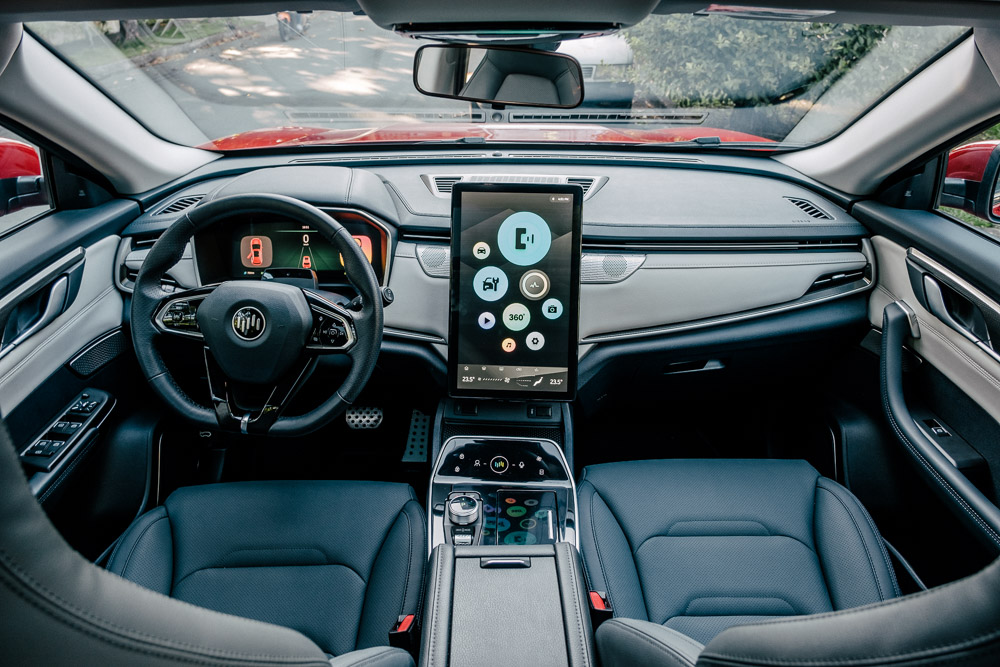
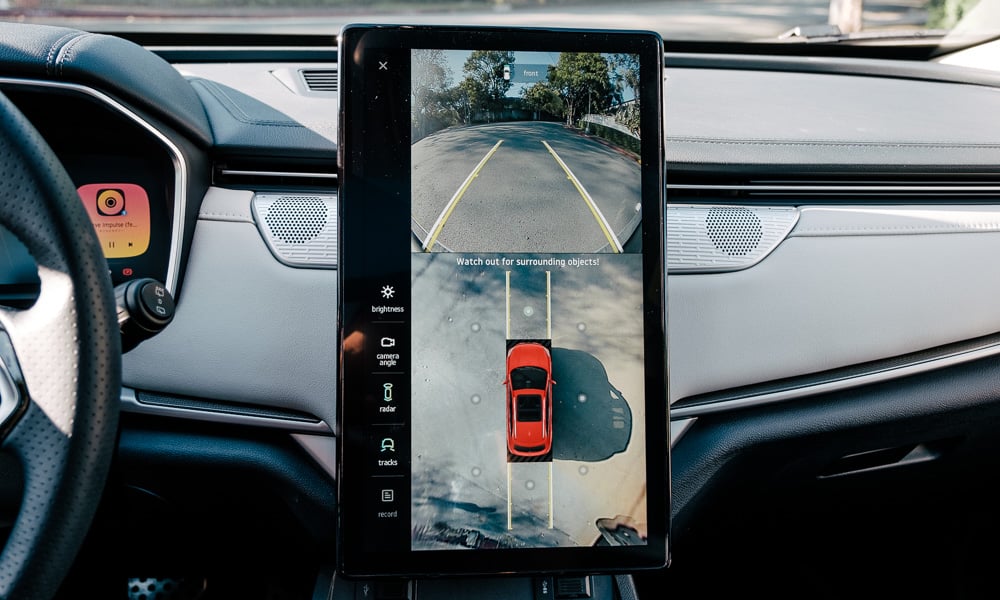
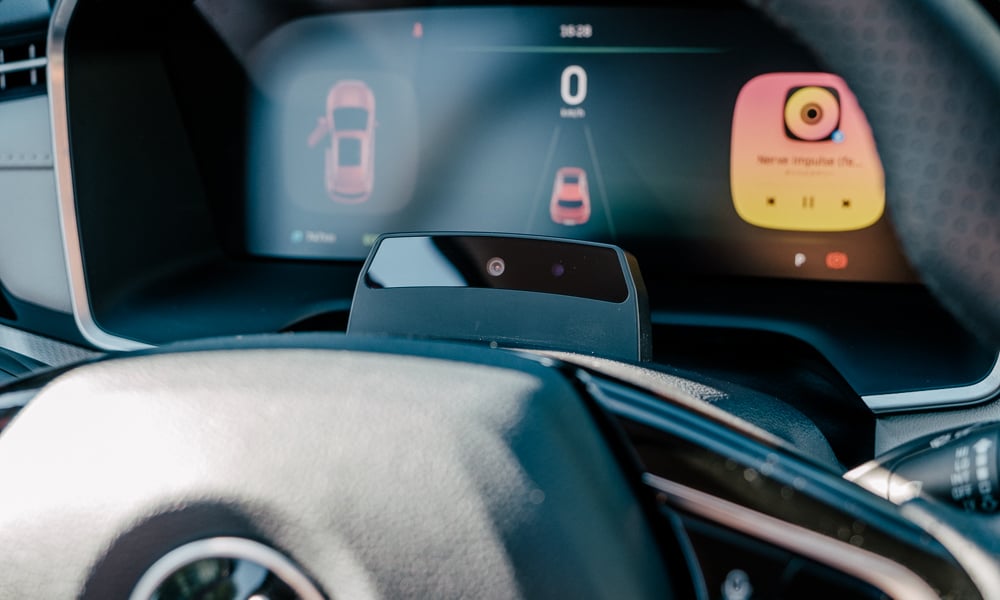
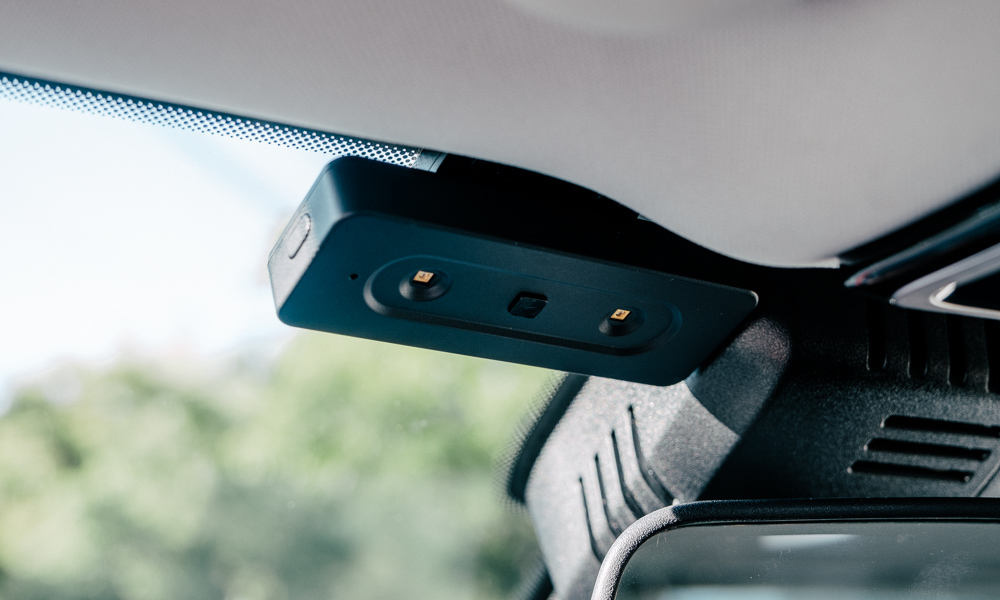
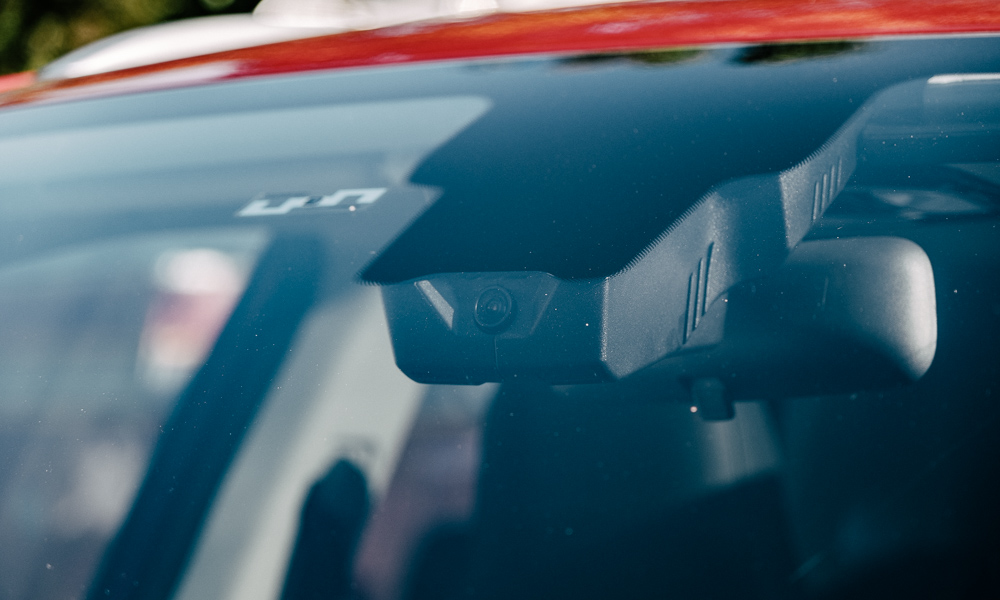
Peer inside the cabin and your eyes will be naturally drawn to the enormous 15.6-inch portrait touchscreen. Heck, several people thought I was driving a Tesla solely because of this feature.
Unfortunately, this touchscreen’s OS (which is based on Android Oreo) is the vehicle’s biggest letdown. The graphics on the home screen are blown up and pixelated, and some functions like to take their sweet time before they load. Plus, the climate controls will boot you out of whatever screen you’re in, requiring at least two taps to change basic functions like the fan speed or the temperature.
My biggest gripe is that it lacks phone connectivity (like Apple CarPlay and Android Auto), so you’re stuck with Bluetooth.
The 12.3-inch digital instrument binnacle is extremely crisp, but you can’t customize it as much, giving you just the speed, the battery percentage, your currently playing media, the safety assists, and a maps feature that was disabled, leaving you with a blank space in the middle.
But on that topic of disabled functionality and hardware (like the steering column-mounted camera), I was told that these features will eventually be offered here as upgrades during servicing, so owners should have something to look forward to—assuming this is true.
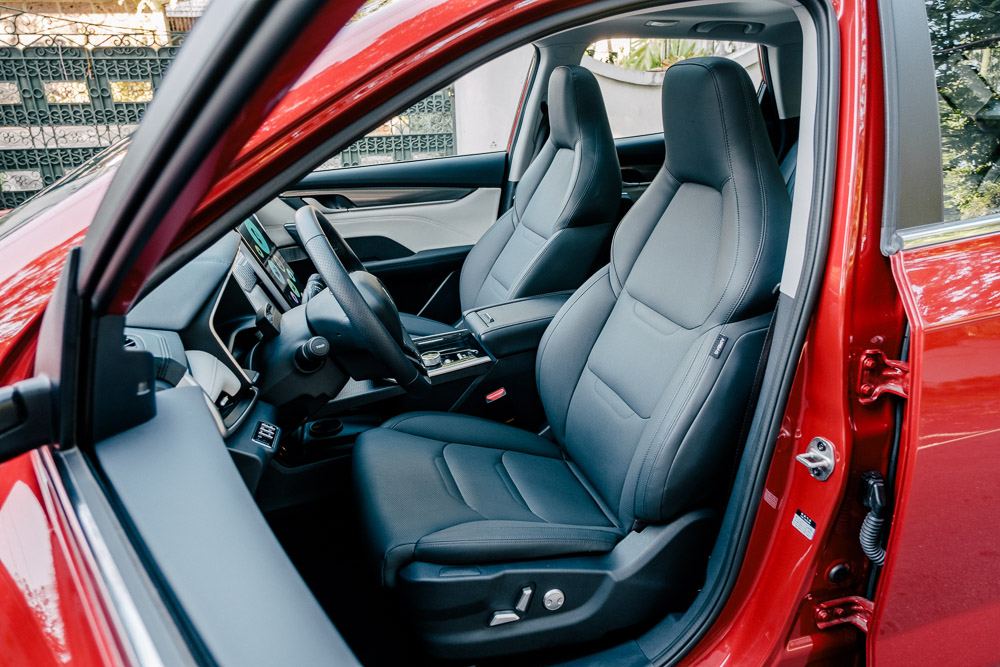
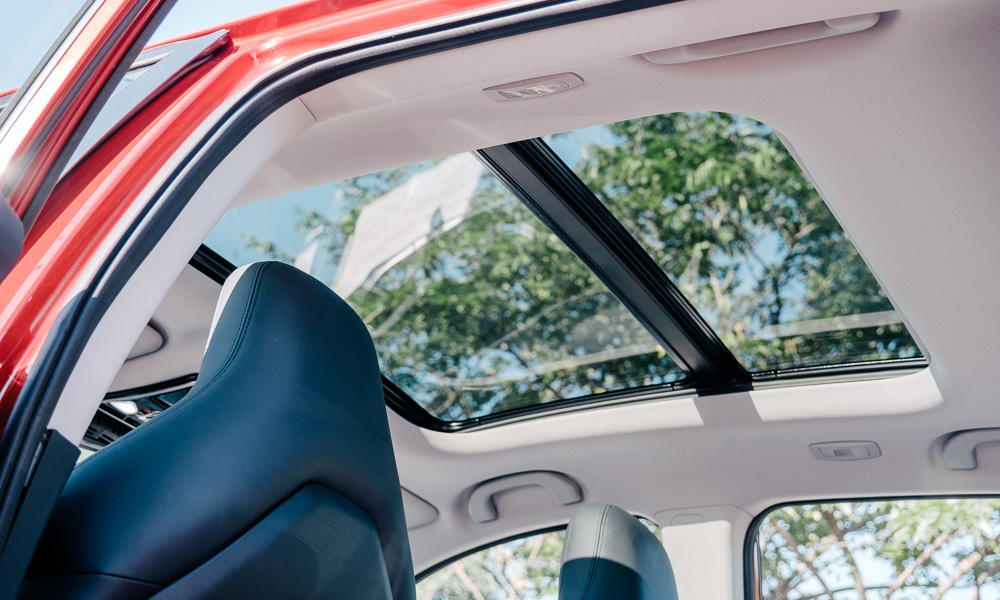
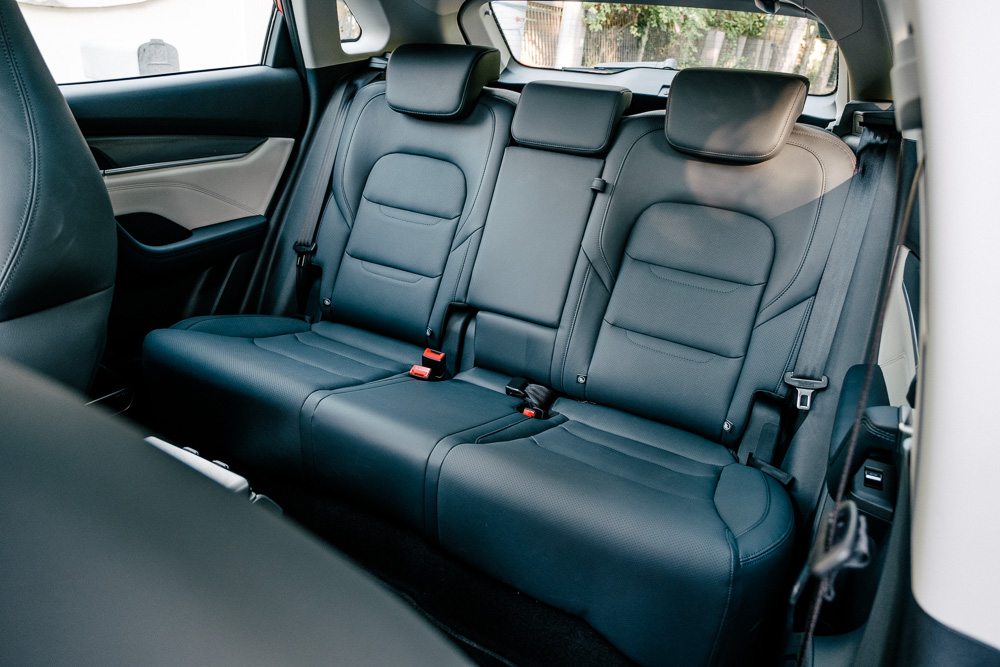
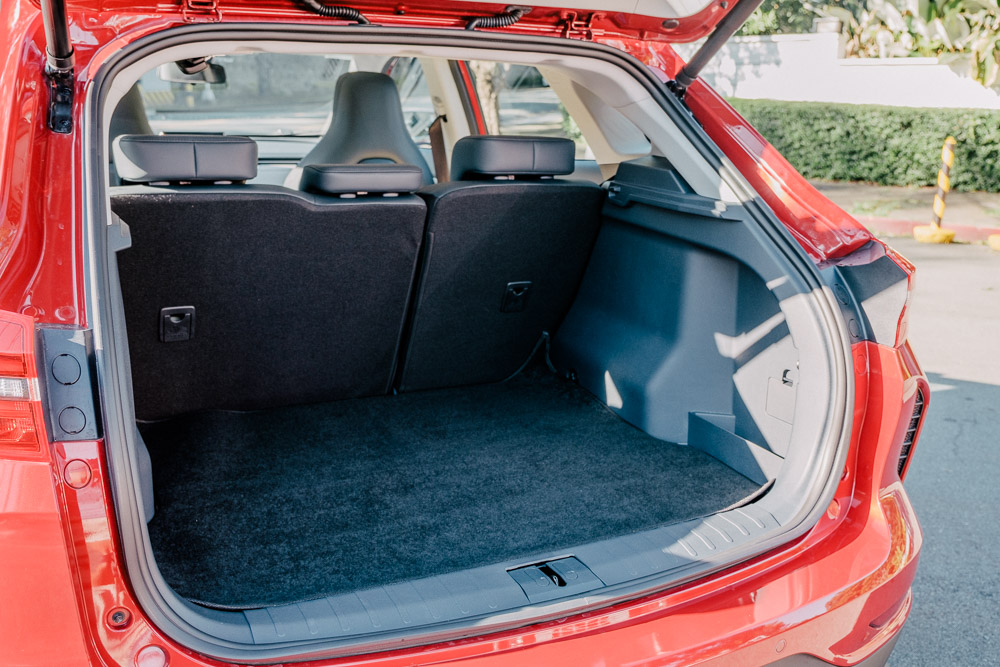
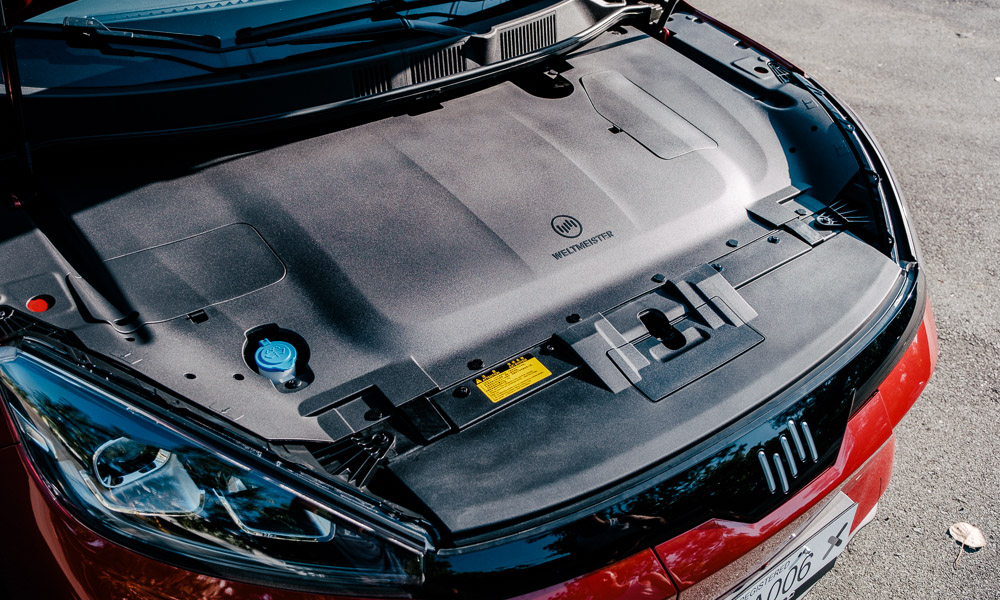
Tech aside, this five-seater crossover has a very spacious and practical cabin with good visibility. Your seating position will be a little higher than usual—even with the driver’s seat all the way down—because of the floor-mounted batteries.
There’s a breadth of leg and elbow room front and back, and the cargo area has 488L of space that can expand up to 1,500L with the rear seats down. Too bad there’s no front trunk underneath the hood, which is something seen in other EVs.
It also has features like a panoramic sunroof, rear air-conditioning vents, a UV disinfection device, a CN95 air filtration system, a built-in dash camera, a 360° camera (that can also record footage while parked), a tire pressure monitor, and driver-assist systems like parking sensors, a blind-spot monitor (which worked 60% of the time for me), and lane-keeping assist.
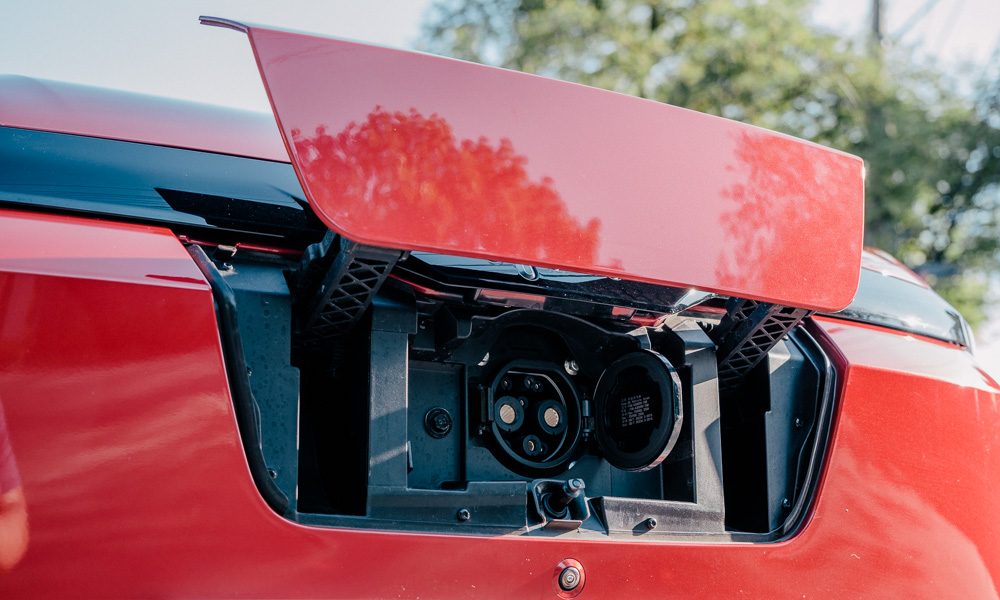
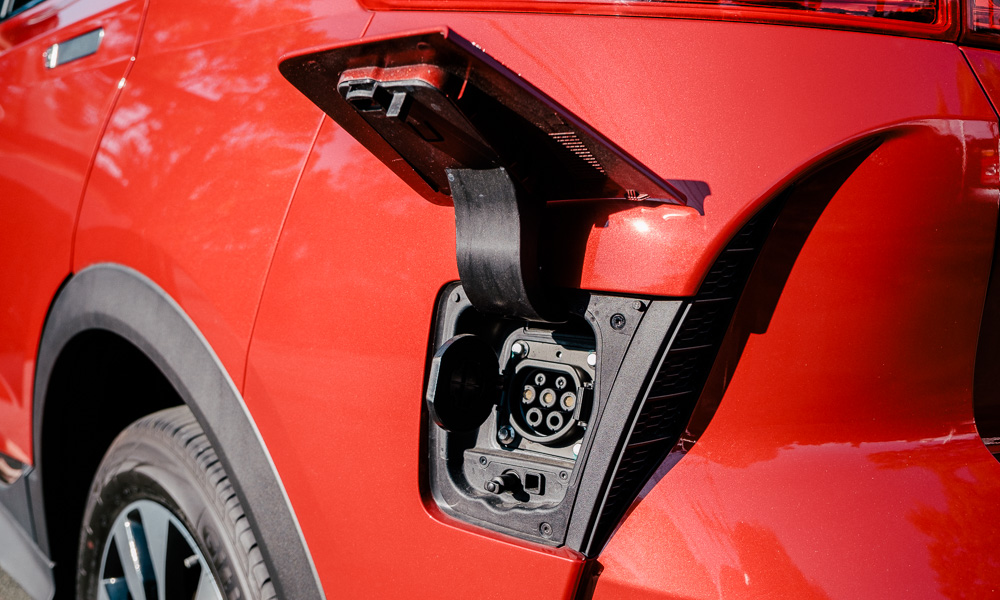
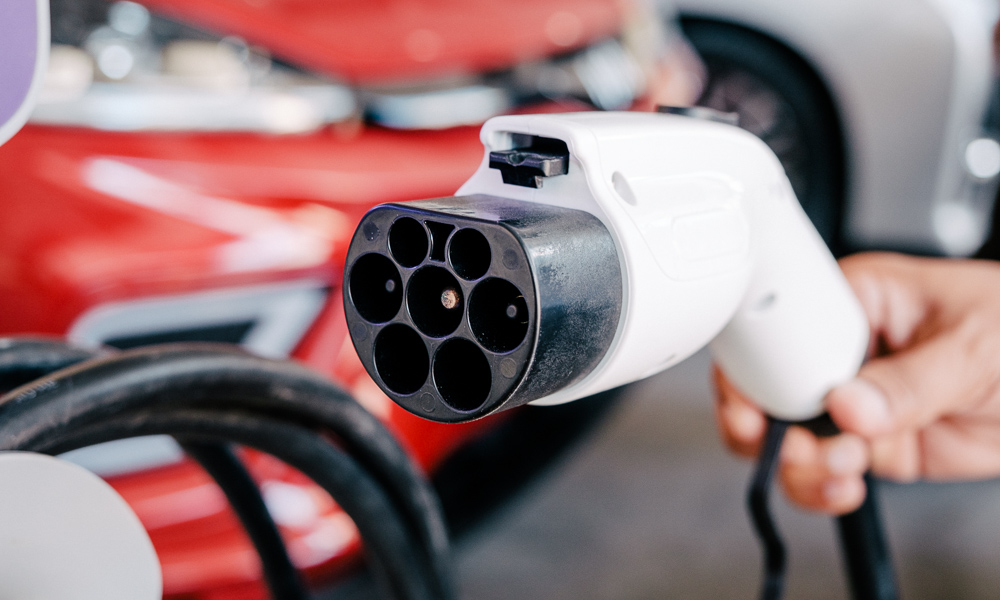
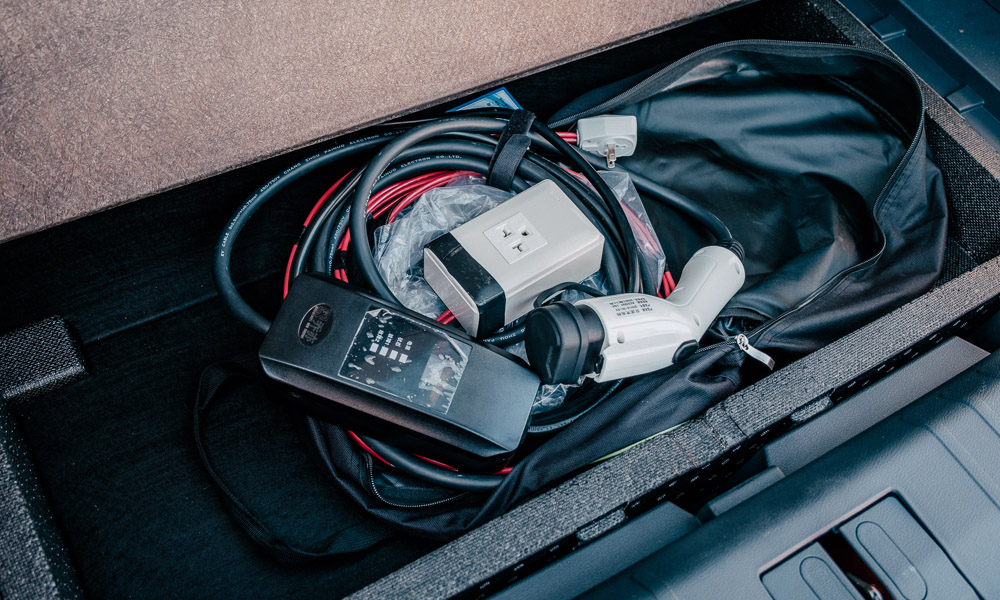
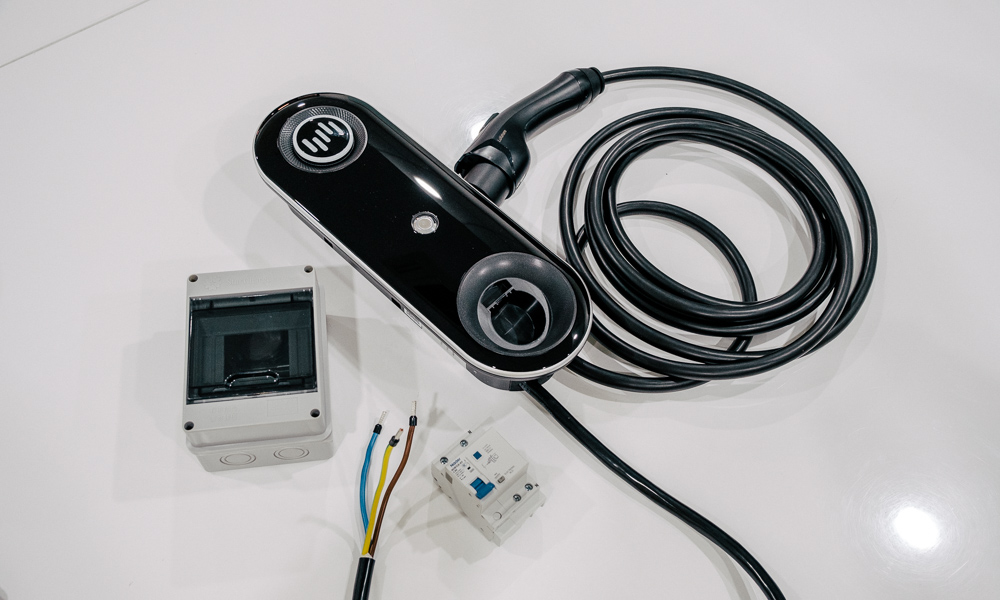
The 52kWh battery pack is good for at least 400km of range, but if you desire a longer-range model, the company is looking at bringing a W5 with 520km of range should the demand be there.
You’ll have to note that the car uses the GB/T standard. This may present itself as an issue, considering not many public charging stations here support this receptacle at the moment.
Two chargers are included, which you’ll be plugging into the rear AC port. The Level 1 charger can plug into any household socket, and juicing up from empty should take around 16 hours, as I was told.
Meanwhile, the Level 2 charger is for your house (or office). Charging times from empty are cut down to around 8.4 hours because of its 6.6kW output, perfect for an overnight charge before you head out for the day. As for that front flap that houses the DC port, a 30% to 80% charge should take 35 minutes assuming you find a fast charger that supports the standard here.
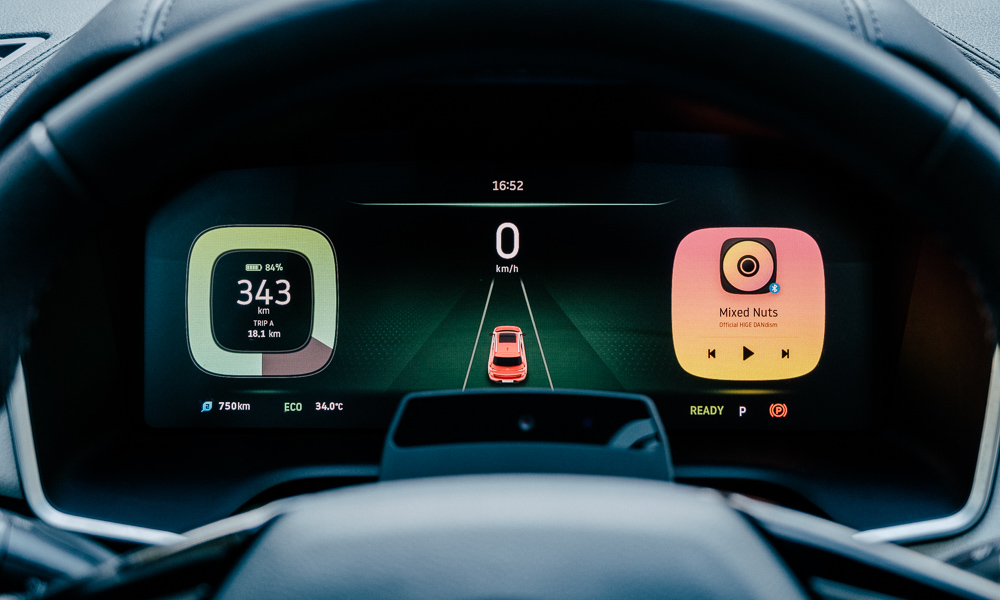
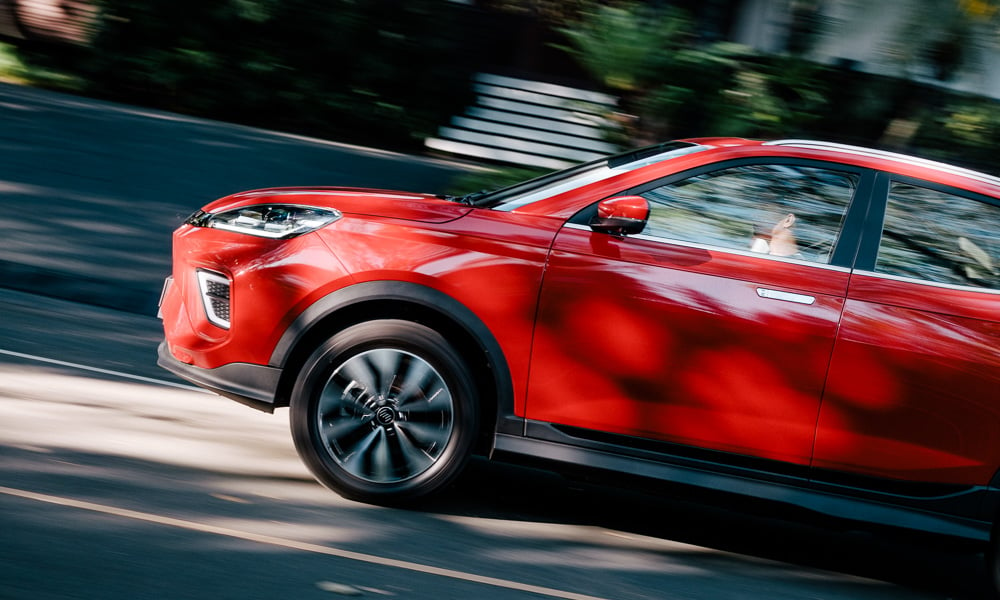
Driving around is a fairly simple affair. To start the car, keep your foot on the brake and press the “P” button on the gear selector. Be sure to keep an eye out for a tiny “READY” indicator on the instrument cluster. You must select the gears by turning the knob in the direction twice. The electronic parking brake can be manually operated, but it will automatically disengage when you step on the accelerator in “D.” Same can be said about putting the car in “P.”
To make the transition easier for many, the W5 can creep forward (like with a traditional ICE-powered vehicle) in traffic, but you can turn this off in the menu. Do be wary of stopping on an incline as the car will roll back, meaning you will have to use the auto brake hold function or keep your foot on the brake pedal.
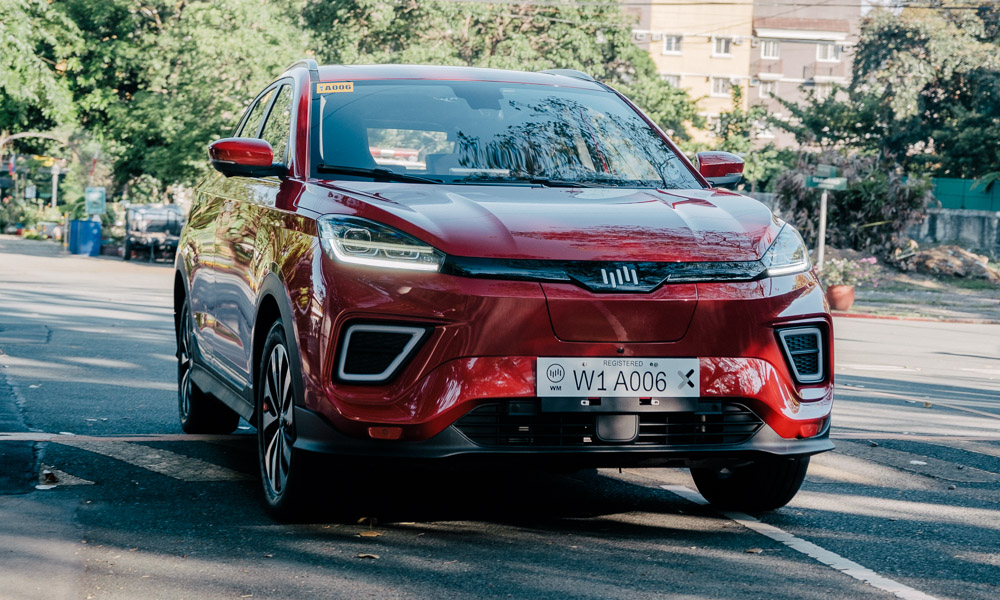
But once you’re moving, it’s a very relaxing experience. It’s a well-insulated cabin. There’s no fake engine noise at all, only the faint whir of an electric motor in the background as you silently putter about in the city (like a golf kart).
And if we’re talking about power, the system has 215hp and 315Nm. There’s instant torque available, making it very easy to merge onto the expressway.
There are three settings for regenerative braking (off, 1 and 2), which will allow you to drive the car with one pedal and help recuperate energy while driving around. But the sweet spot for me is at Level 1, which feels like mild engine braking.
Even if the suspension damping feels a little firm at the back, it’s a very soft-riding crossover. There’s not that much body roll, so it feels more confident in the corners. But you’ll really be driving this around the city a lot, where it’s just at home. Personally, I left the steering mode in Sport, because I found Standard to be a little too light for me.
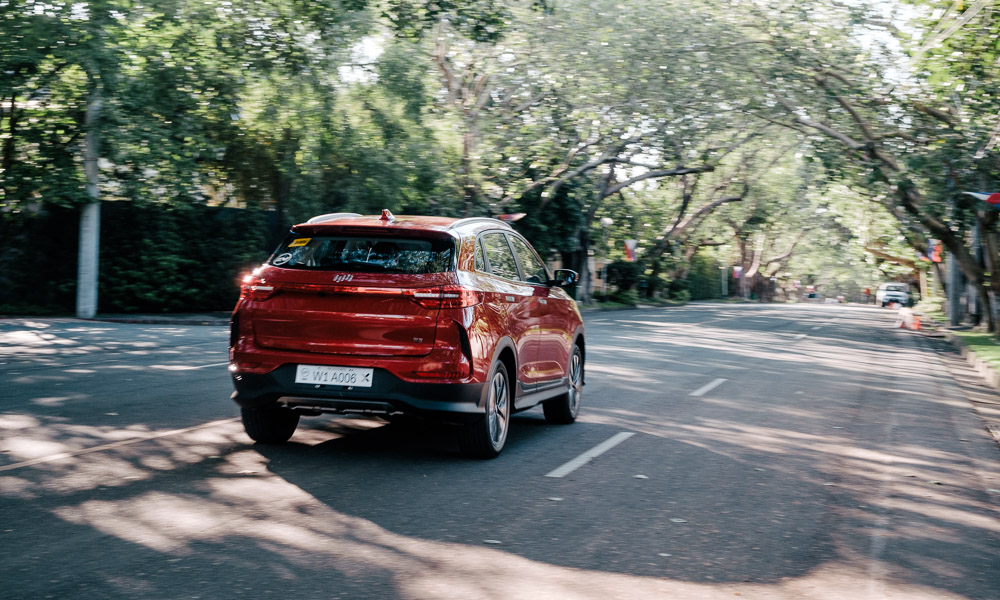
The W5 presents itself as a solid and practical package for those looking to dip their toes into electric motoring, but it has a bit of an uphill battle to fight.
First, EVs are expensive. Without financial incentives that could further drop prices, many people will still turn their heads the other way. The distributor wants to keep the final price below P2.7 million.
The second is the infrastructure. With my limited time with the car, I was only able to charge it thrice. The first was at WM Motor’s office where they had dedicated chargers. The second was at a colleague’s house with an outlet (I live in a condominium). And third was at SM Mall of Asia, which wasn’t even as straightforward as I thought it would be.
While the infrastructure here is still in its infancy (with more charging stations popping up), those who buy these early will have to pay the price of being early adopters. This means carefully planning your trips around chargers and charging times.
Finally, you have the long-standing stigma of this being a Chinese car. Despite our general public warming up to several brands like Geely, people can’t help but be apprehensive of a brand-new Chinese brand even if it has the backing of a massive conglomerate. The automaker does offer test drives, which you can sign up for on this website.
But hey, having more players in the local auto industry is a great thing to see. And if new players like Weltmeister will be able to upset the market the way Tesla did in the US, expect our local EV space to be a very exciting one.


0 Comments